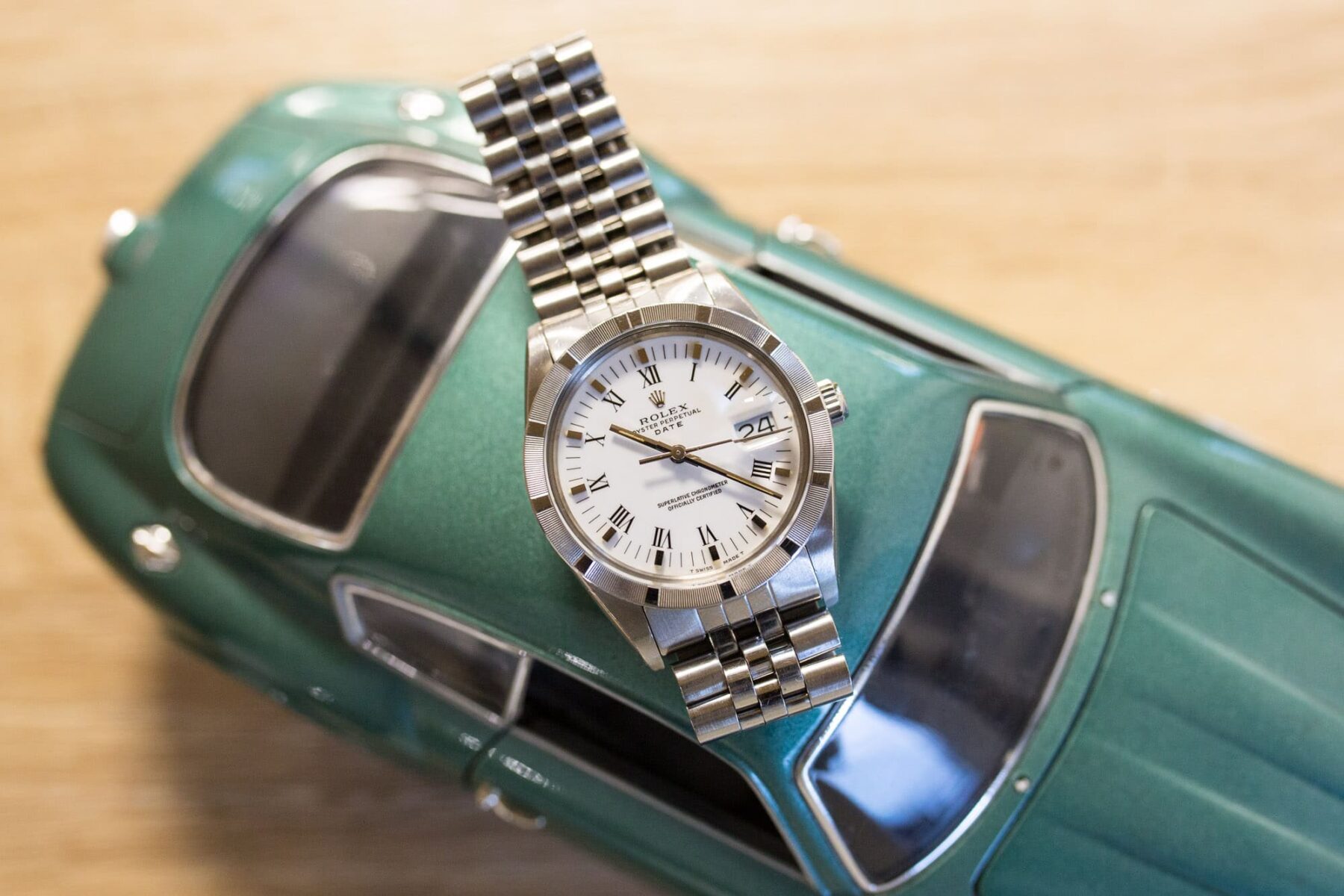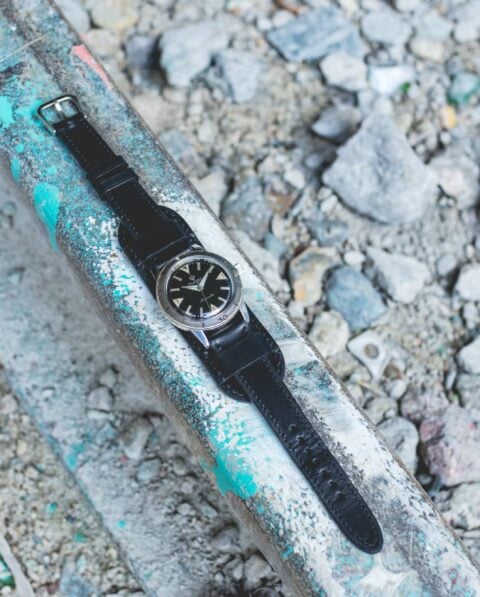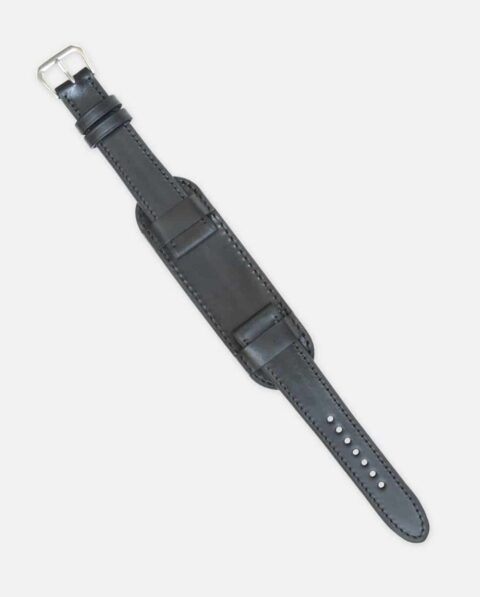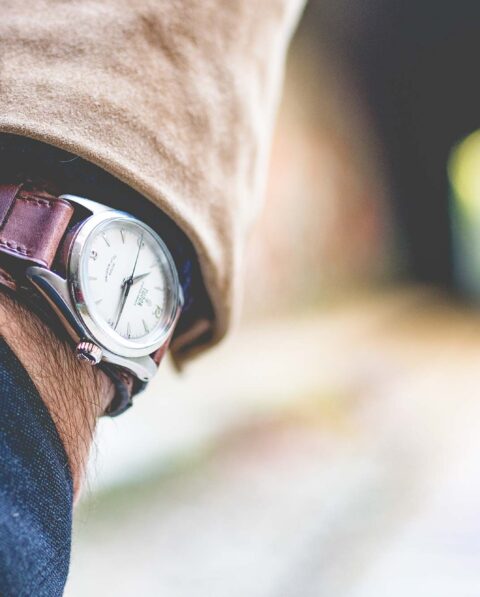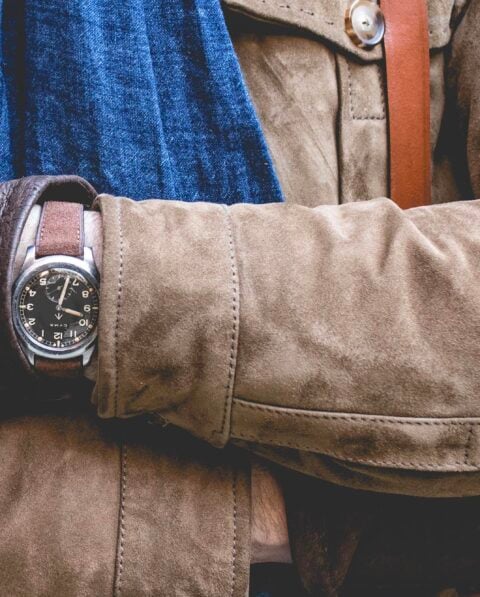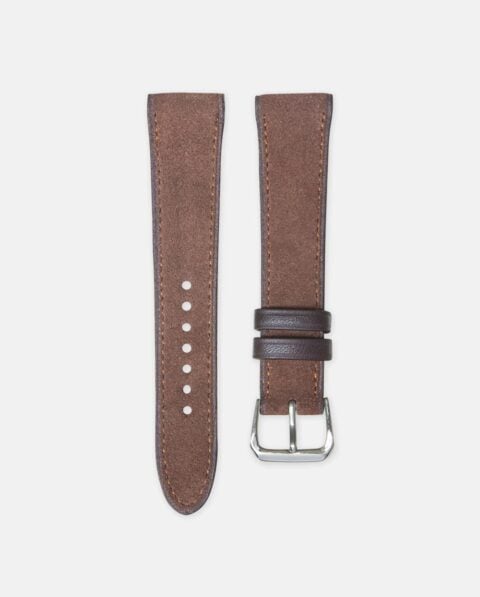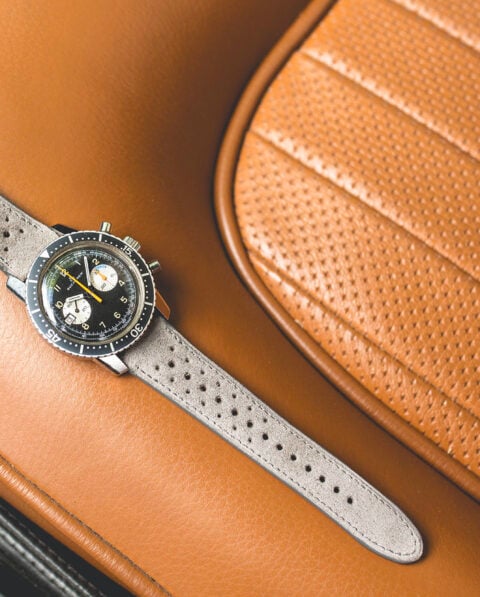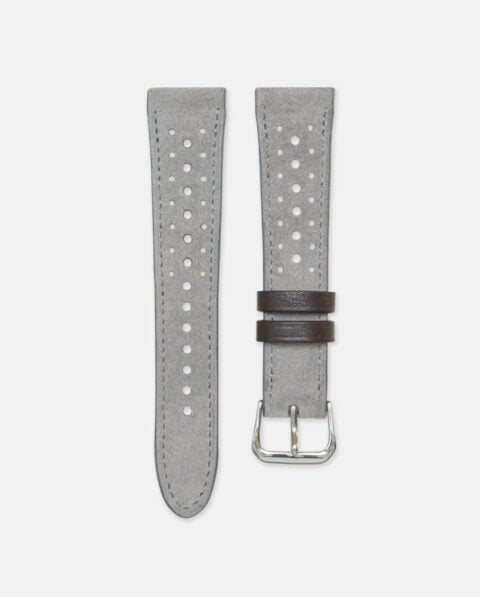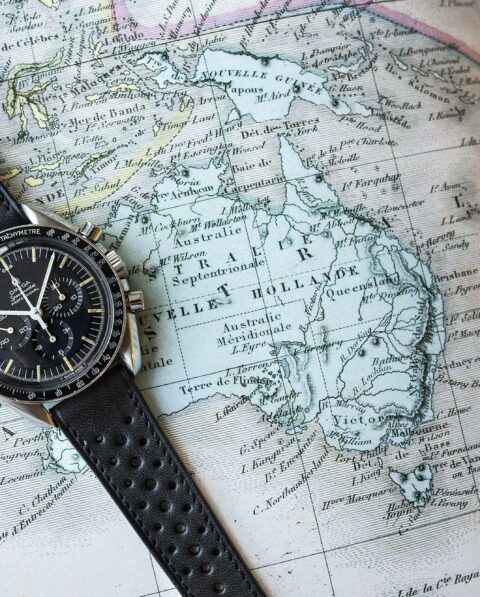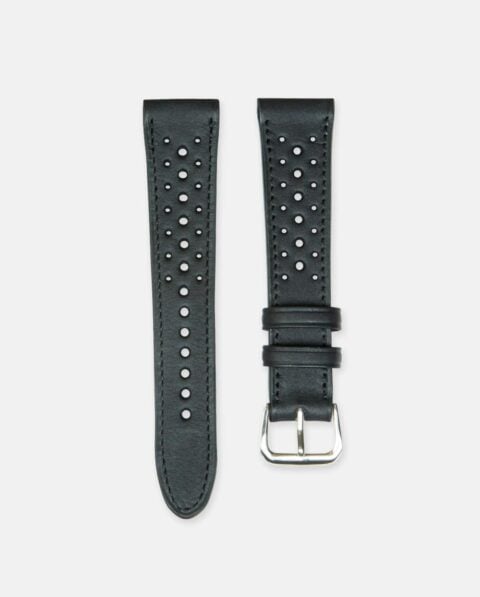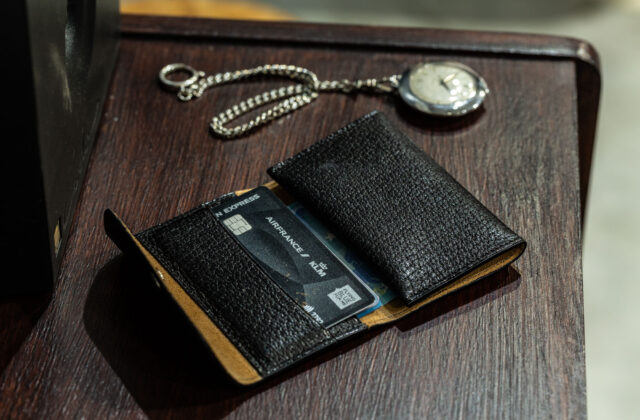Collector’s guide on buying a vintage watch (Pt.2)
Collector's guide on buying a vintage watch (Pt.2)
The world of vintage watches is often rich with journeys and hidden treasures, but numerous booby traps and hazards exist as well. Repainted dials, reassembled pieces and other types of “Frankenwatches” are everywhere. One must be very careful of where one steps. No one is immune to making errors in collecting watches regardless of age and previous knowledge in watchmaking.
After our first article presenting the fundamental steps to consider when buying a vintage watch, today we talk about a few common mistakes that can be avoided.
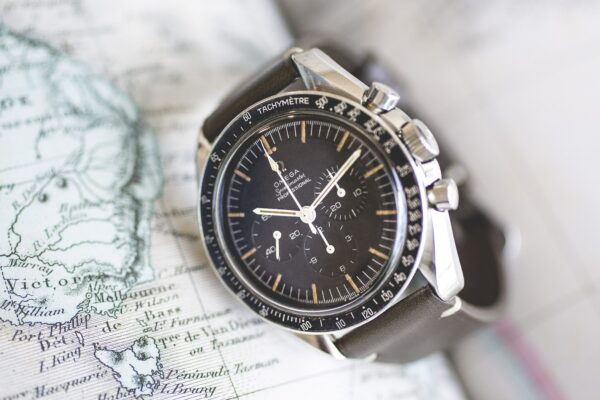
Mistake #1: Favouring Aesthetics Over Origin
Knowing the original configuration of the watch is a priority! Doing prior research on the product (via specialised reading material, forums, archives, or professional dealers) is a must.
Even if the purchase isn’t destined for investment, one should never forget that only “authentic,” a.k.a. original, parts will have true value.
–
Take for example the Omega Speedmaster 321 that I know very well. These “Pre-moon” models, produced prior to 1969, were equipped with special bezels. Unfortunately more often than not we often find them damaged today.
The novice eye will easily confuse it with later models, but to the wiser collector, they’re extremely different. The presence of an original bezel is, in my opinion, of the utmost importance. This is especially true when we see the price of replacement parts skyrocketing. (A simple bezel easily turns around the $1500 mark depending on its condition).
“The world of vintage watches is often rich with journeys and hidden treasures, but numerous booby traps and hazards exist as well.”
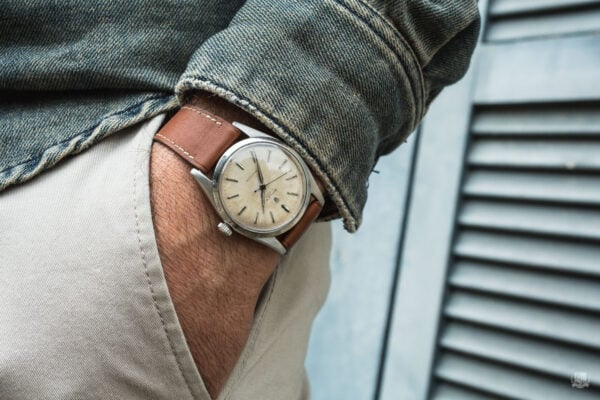
Mistake #2: Confusing “Patina” with “Defects”
Ah, these famous “defects”! It’s only natural that the more a timepiece is old and original, the more it will be marked by time. The opposite would be a negative sign… or the equivalent of the watch Holy Grail. Something that comes along every blue moon…
Jérôme from Les Rhabilleurs wrote a great article on Wabi-Sabi a while back. A Japanese aesthetic philosophy equating authentic “imperfections” of an object as beauty. Another recent article by Christie’s also picked up on this trend at important auctions. The notion of perfection is changing quite visibly, and the “Patina Trend” is on the rise.
–
Hence it’s no surprise that “tropical” or “chocolate” dials, or those with a special and homogeneous patina are extremely sought after today. The result, often unique, is the fruit of time (not irrelevant in watchmaking).
A “Tropical” dial is similar to a type of vintage in wine, especially since not all dials will develop this transformation. On the contrary, a heavily damaged dial or one with unsightly patina will cause a drop in the watch’s value.
“A ‘Tropical’ dial is similar to a type of vintage in wine, especially since not all dials will
develop this transformation.”
Here you have another set of very important elements to consider when collecting. The deeper you dig regarding a timepiece, the more apt you’ll be when dealing with sellers or other watchmaking professionals.
